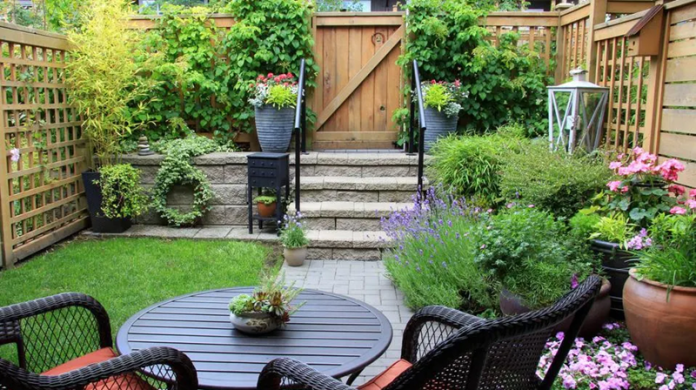In today’s fast-paced world, finding a peaceful retreat in your home can be a challenge. A Zen garden offers a tranquil space that promotes relaxation and mindfulness. Creating a Zen garden in your backyard not only enhances your outdoor space but also provides a calming sanctuary for reflection and meditation. Here’s a step-by-step guide to help you craft your serene escape.
Understanding the Essence of a Zen Garden
Before diving into the practical aspects of creating your Zen garden, it’s essential to understand what makes such gardens unique. Traditionally, Zen gardens, or “karesansui,” are rock gardens that represent the essence of nature in a minimalist way. They are designed to promote tranquility, peace, and contemplation.
Key Elements of a Zen Garden
- Rocks: Symbolizing mountains or islands, they are central to the design.
- Sand or Gravel: Raked to create patterns that represent water ripples.
- Plants: Minimalist planting to enhance the serene aesthetics.
- Water Features: Optional elements such as small ponds or fountains.
- Bridges and Pathways: To guide visitors through the space.
Step-by-Step Guide to Creating Your Zen Garden
Step 1: Choose the Right Location
The first step is selecting the ideal spot in your backyard. Look for a quiet area that receives sunlight but also has some shade. This location should be away from the hustle and bustle of your daily life, allowing you to escape into tranquility.
Step 2: Plan Your Layout
Once you’ve chosen a location, sketch out a rough layout of your garden. Include areas for rocks, gravel, and any water features you may want. Keep your design simple and uncluttered, as less is more when it comes to Zen gardens.
Step 3: Prepare the Ground
Start by clearing the area of any debris, grass, or plants. Once cleared, level the ground to create a flat surface. This foundation will be crucial for the subsequent layers of your garden.
Step 4: Select Your Rocks and Gravel
Rocks are the focal point of a Zen garden. Choose different sizes and shapes to create visual interest. After selecting your rocks, spread a layer of gravel or sand about 2-3 inches thick. Use a rake to create patterns resembling water ripples, adding a dynamic element to your garden.
Step 5: Incorporate Plant Life
While Zen gardens are often minimalist, adding plants can enhance your space. Choose low-maintenance perennials such as Japanese moss, dwarf pines, or ornamental grasses that thrive in your climate. Be sure to place them strategically to maintain the garden’s balanced look.
Adding the Finishing Touches
Now that the main elements are in place, it’s time to enhance the ambiance. You can add small features like stepping stones, lanterns, or a bench for sitting and meditating. Consider adding a small water feature like a fountain or pond, as the sound of water can be incredibly calming.
Lastly, take some time to personalize your garden. You could include sculptures or wind chimes to create sound and movement, allowing it to feel alive and engaging.
Maintaining Your Zen Garden
Caring for your Zen garden should be a meditative practice itself. Regularly rake the gravel to maintain the patterns and remove any debris or weeds. Water your plants as needed, and prune them to keep your garden looking neat and serene.
Benefits of Creating a Zen Garden
- Promotes mindfulness and relaxation.
- Enhances the aesthetic appeal of your outdoor space.
- Provides a peaceful retreat for reflection and meditation.
- Requires low maintenance once established.
Conclusion
Creating a Zen garden in your backyard is not just about landscaping; it’s about cultivating a peaceful environment that nurtures the mind and soul. The process of designing and maintaining your garden can be just as fulfilling as enjoying the finished product. With mindful planning and care, your backyard can transform into a tranquil haven that gives you a slice of peace amid the chaos of everyday life. So grab your gardening tools, and embark on this beautiful journey towards serenity right in your own backyard!



